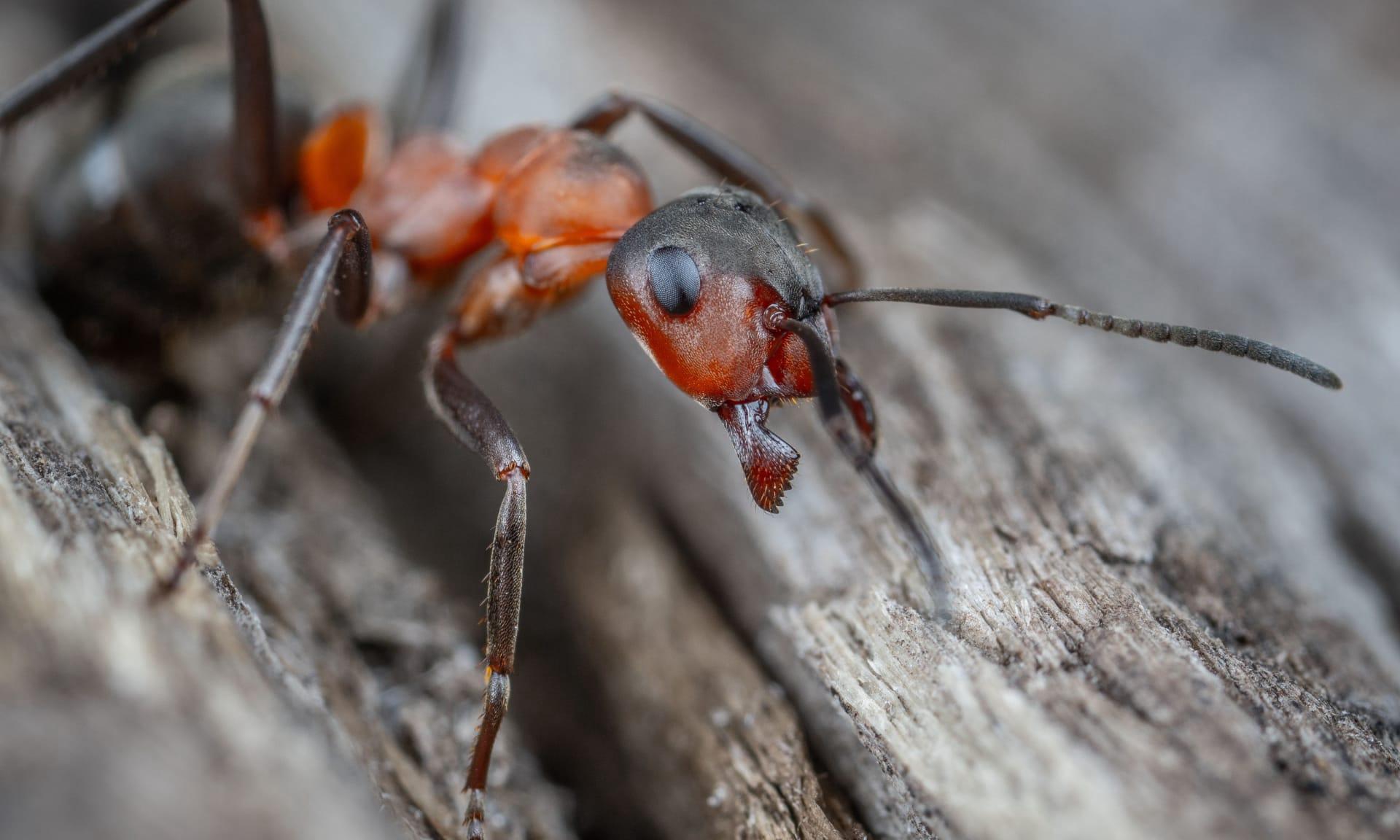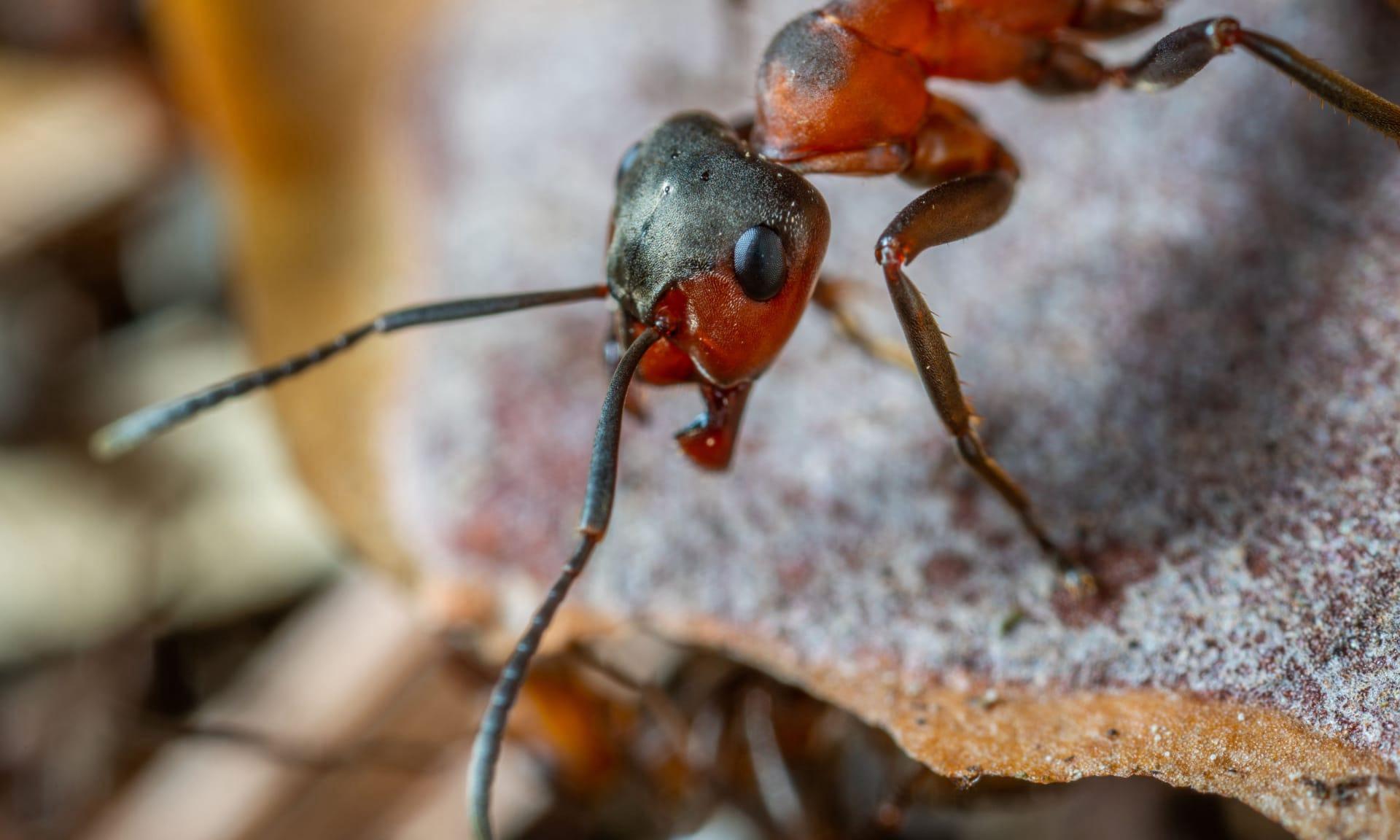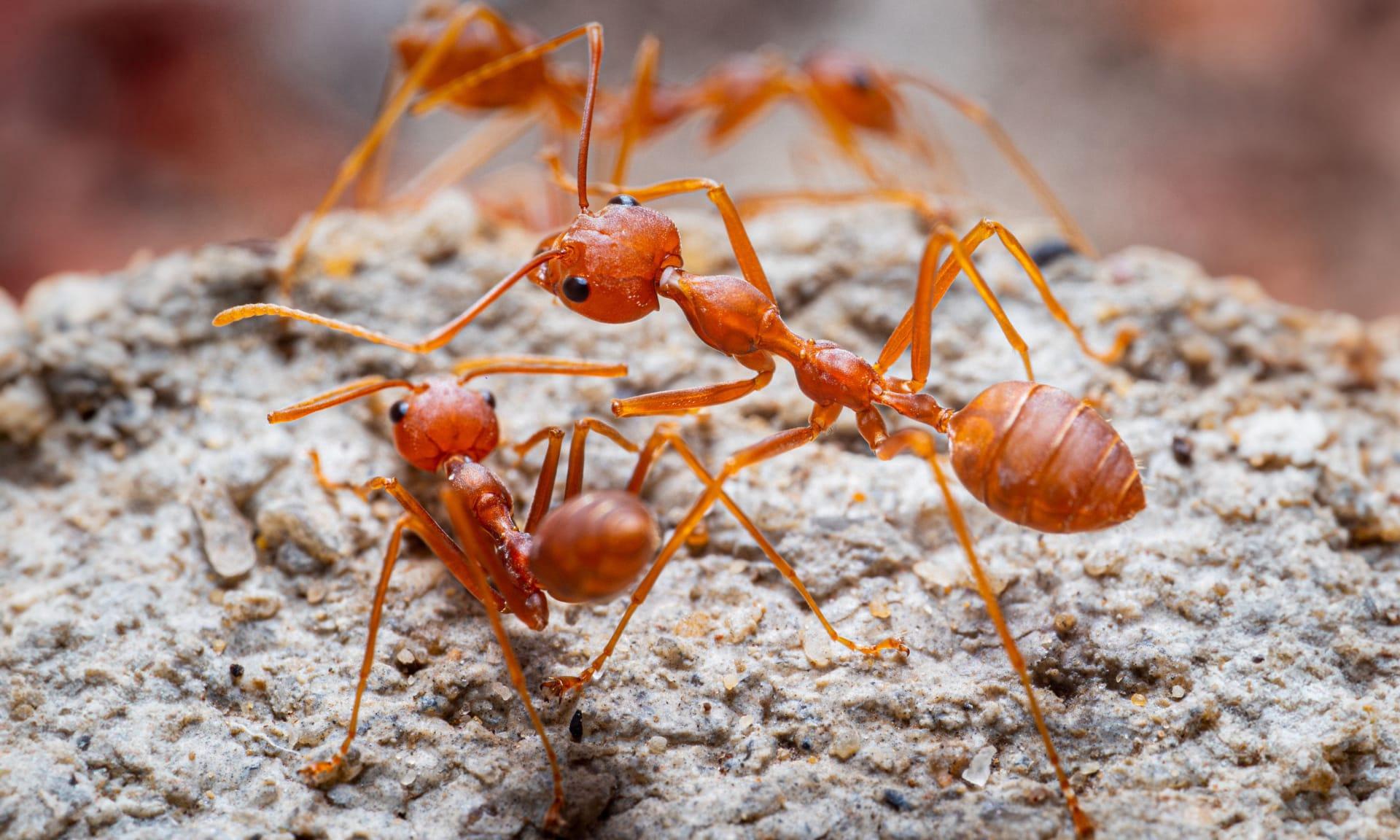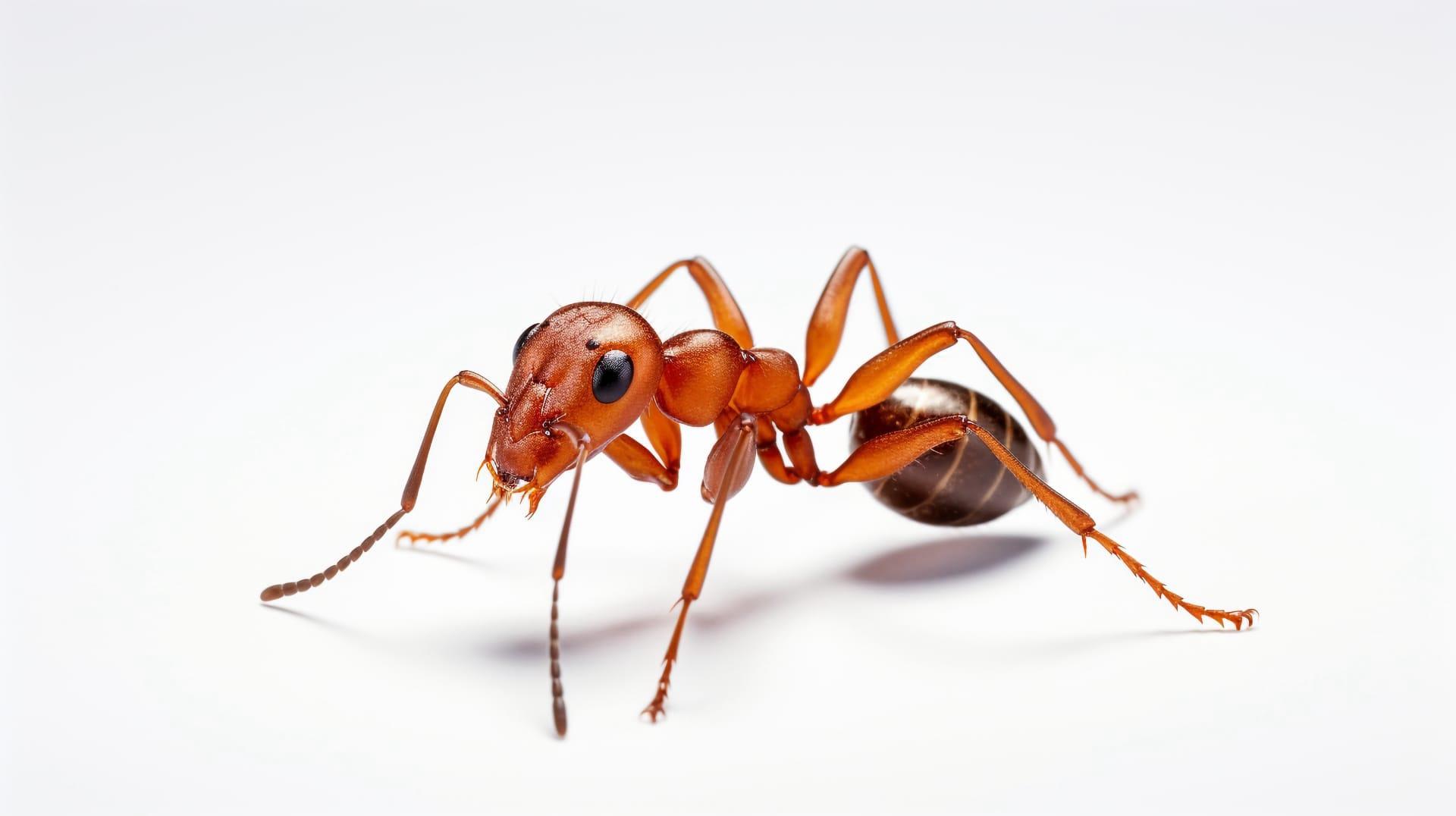Fire Ants Trivia
- Home /
- Trivia Question /
- Animal /
- Fire Ants Trivia
1
Question: How do fire ants build their nests and what is their structure?
Answer: Fire ants construct their nests in soil, creating mounds that can be up to 18 inches in height and 30 inches in diameter. These mounds have a network of tunnels and chambers at various depths, which provide shelter and regulate temperature and humidity. The structure is meticulously engineered, with the queen's chamber located deep for protection and temperature control.
Question: What is the diet of fire ants, and how do they find their food?
Answer: Fire ants are omnivores, feeding on plant material, insects, small animals, and even human food. They use pheromone trails to communicate and locate food, sending out scouts that return to the nest to guide others. They can dismantle large food items and transport them back to the nest, demonstrating remarkable strength and coordination.

2
Question: Are fire ants aggressive only when their nest is disturbed?
Answer: While fire ants are known for aggressive behavior when their nest is disturbed, they can also be aggressive without provocation, especially when searching for food. Their sting, which injects a venomous alkaloid called solenopsin, can cause significant pain and allergic reactions in humans and animals.
Question: Do fire ants have any natural predators?
Answer: Yes, fire ants do have natural predators, though they are few due to the ants' aggressive nature. Predators include certain birds, like the antbird, as well as other insects and arthropods like spiders and dragonflies. However, these predators rarely have a significant impact on fire ant populations.

3
Question: How do fire ants impact the ecosystem they inhabit?
Answer: Fire ants significantly impact ecosystems, both negatively and positively. They can disrupt local flora and fauna, preying on native species and competing for resources. However, they also contribute to soil aeration and nutrient cycling. Their aggressive nature can alter the balance of local ecosystems.
Question: Can fire ants swim or survive in water?
Answer: Remarkably, fire ants can survive in water by forming a floating raft made up of their own bodies. During floods, they link together, trapping air bubbles and creating a buoyant structure. This survival mechanism allows them to drift until they reach dry land.

4
Question: How do fire ants reproduce, and what is the role of the queen?
Answer: Fire ant colonies reproduce through a process called 'nuptial flight.' Young queens and males fly from the nest to mate in the air. After mating, the male dies, and the fertilized queen lands to start a new colony. The queen's primary role is to lay eggs, sometimes thousands per day, ensuring the colony's growth and survival.
Question: What is the lifespan of a fire ant, and how does it vary among different castes?
Answer: The lifespan of fire ants varies by caste. Worker ants typically live for a few weeks to a few months, while queens can live for up to 6-7 years. Male ants, whose sole purpose is to mate with the queen, have the shortest lifespan, living only a few days after their nuptial flight.

5
Question: Do fire ants have any benefits for humans?
Answer: Despite their negative reputation, fire ants can have benefits. They prey on agricultural pests like boll weevils and can improve soil quality through their tunneling activities. Some research suggests their venom could have medical applications, such as in treating psoriasis.
Question: How can fire ant infestations be controlled or managed?
Answer: Controlling fire ants involves a combination of methods. Baiting with insecticides is common, targeting the ants' food sources. Biological control, like introducing natural predators or pathogens, is also explored. It's crucial to apply these methods regularly, as fire ants are known for their resilience and ability to repopulate quickly.